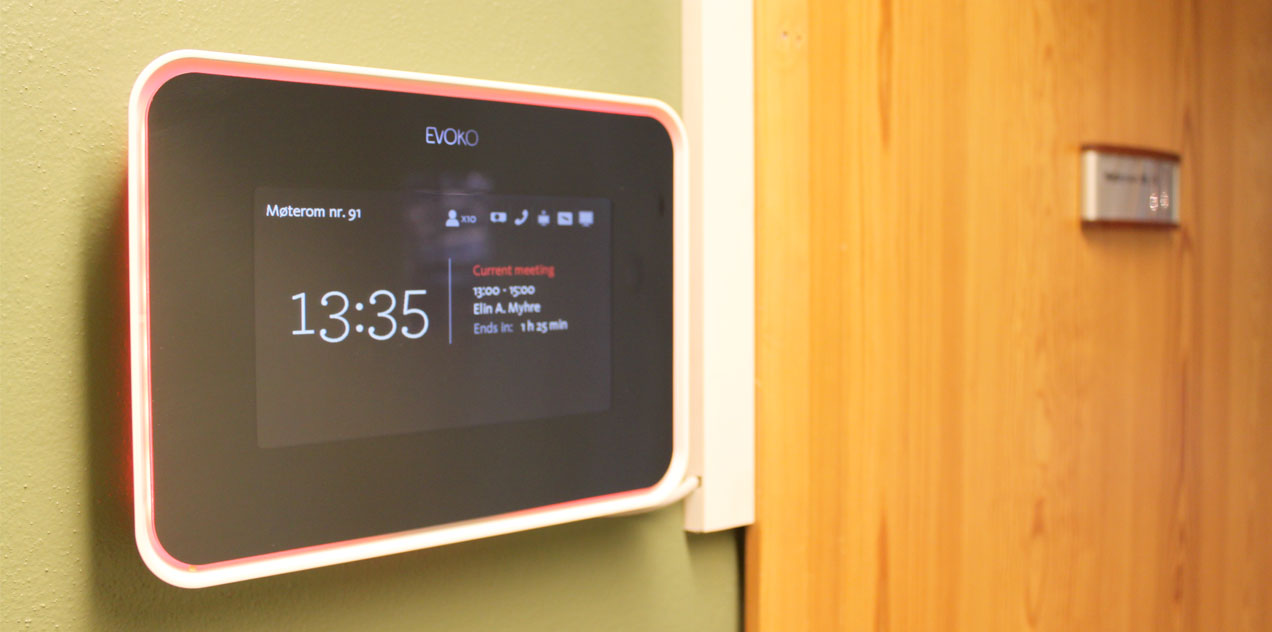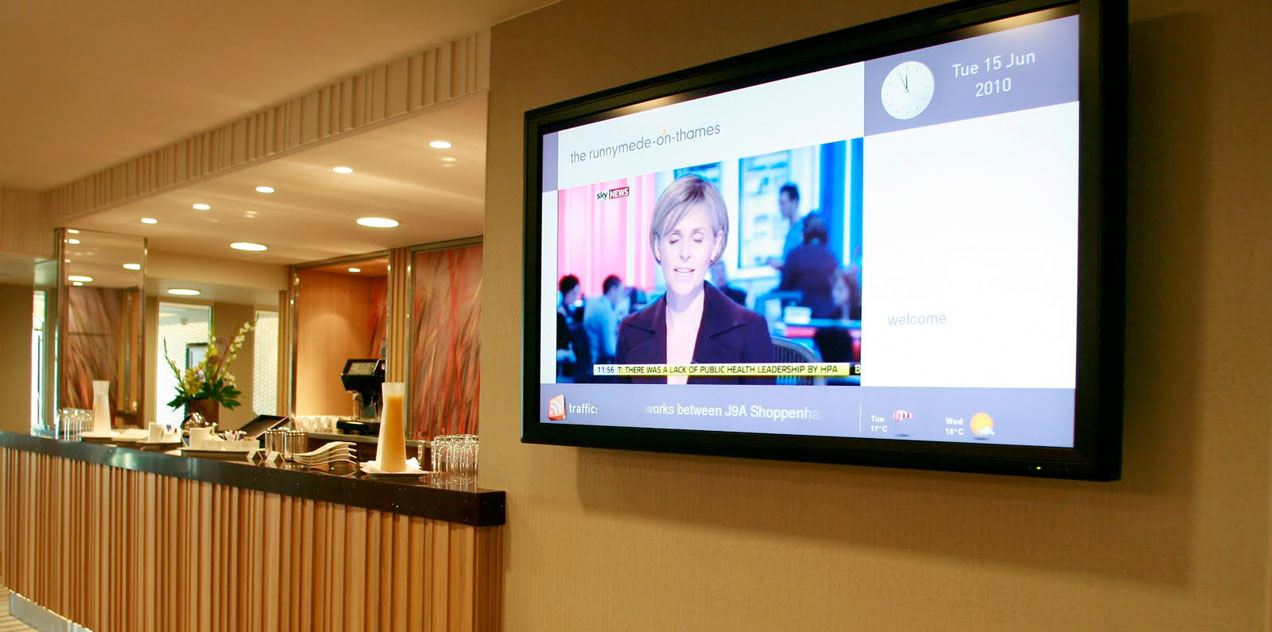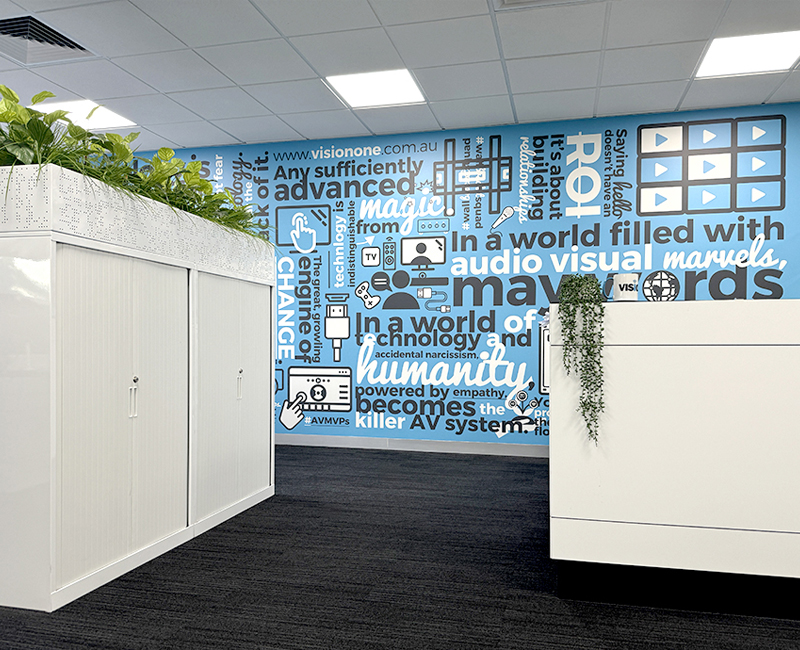HTML5 Ushers in Big Advances in Digital Signage Interactivity
The evolution of digital signage followed quite a linear path to where we are today....
Meeting Room Conflicts – How to Avoid Them?
In many companies meetings are part of the employee’s daily routine, so meeting room conflicts...
Rise of the Network Video Wall
Video walls are becoming increasingly visible in our world. They make big statements, capture attention...
Pizza Hut Turns Boxes Into Movie Projectors
Pizza Hut in Hong Kong has brought movies and pizza together with its new Blockbuster...
The Rise of Targeted Content Delivery on Connected Digital Signage Displays
Over the last few months Berg Insight has been looking closely at the market for...













